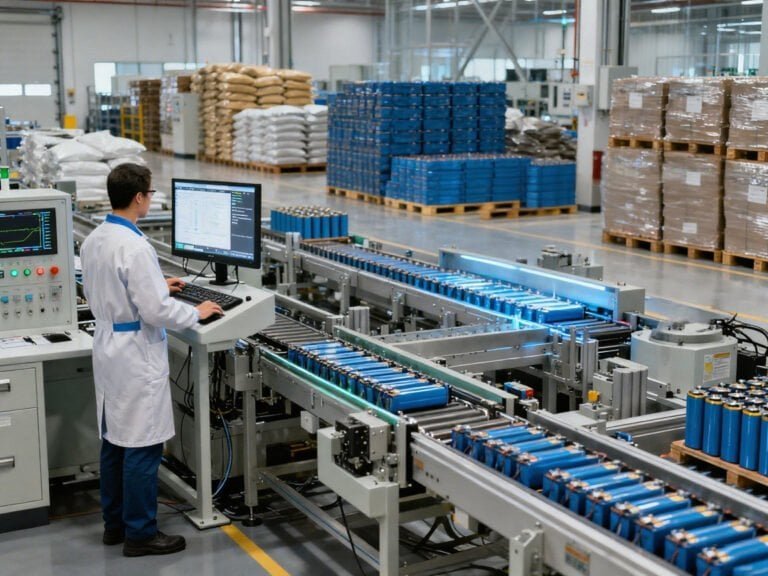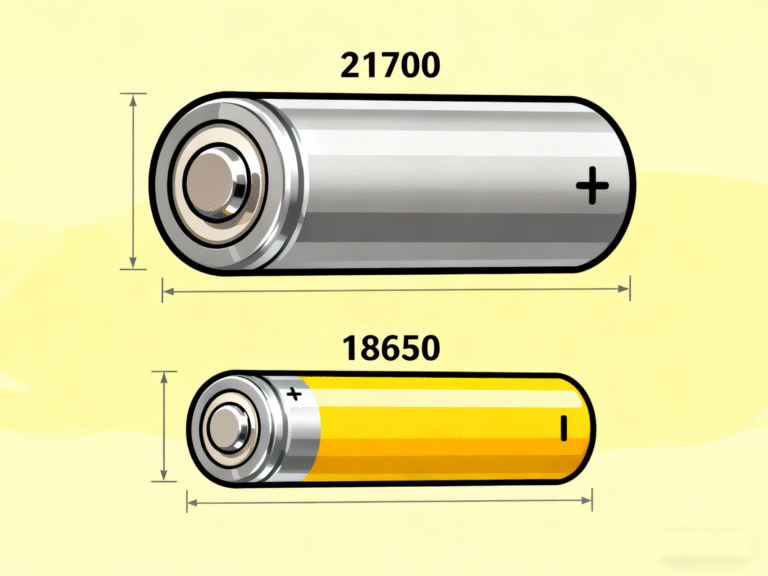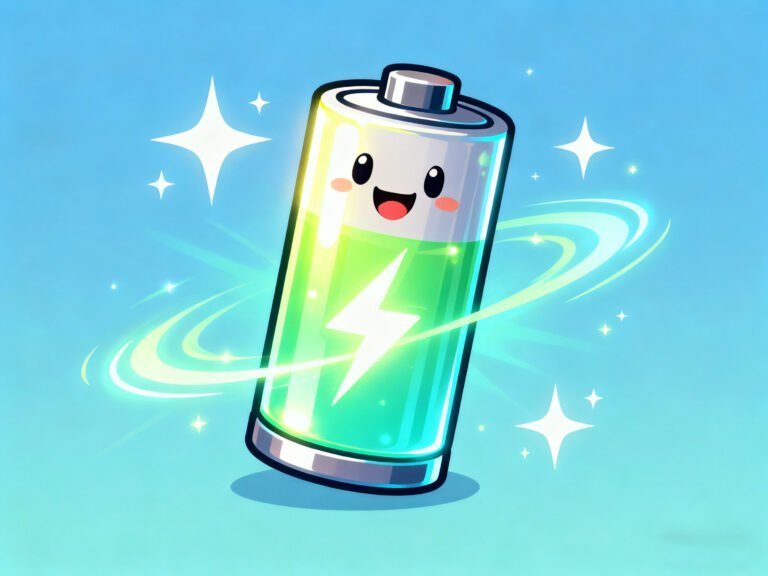With the widespread application of drones in aerial photography, agriculture, surveying, and other fields, battery endurance and performance have become critical factors. Selecting the right drone battery not only enhances flight efficiency but also extends the lifespan of the device.
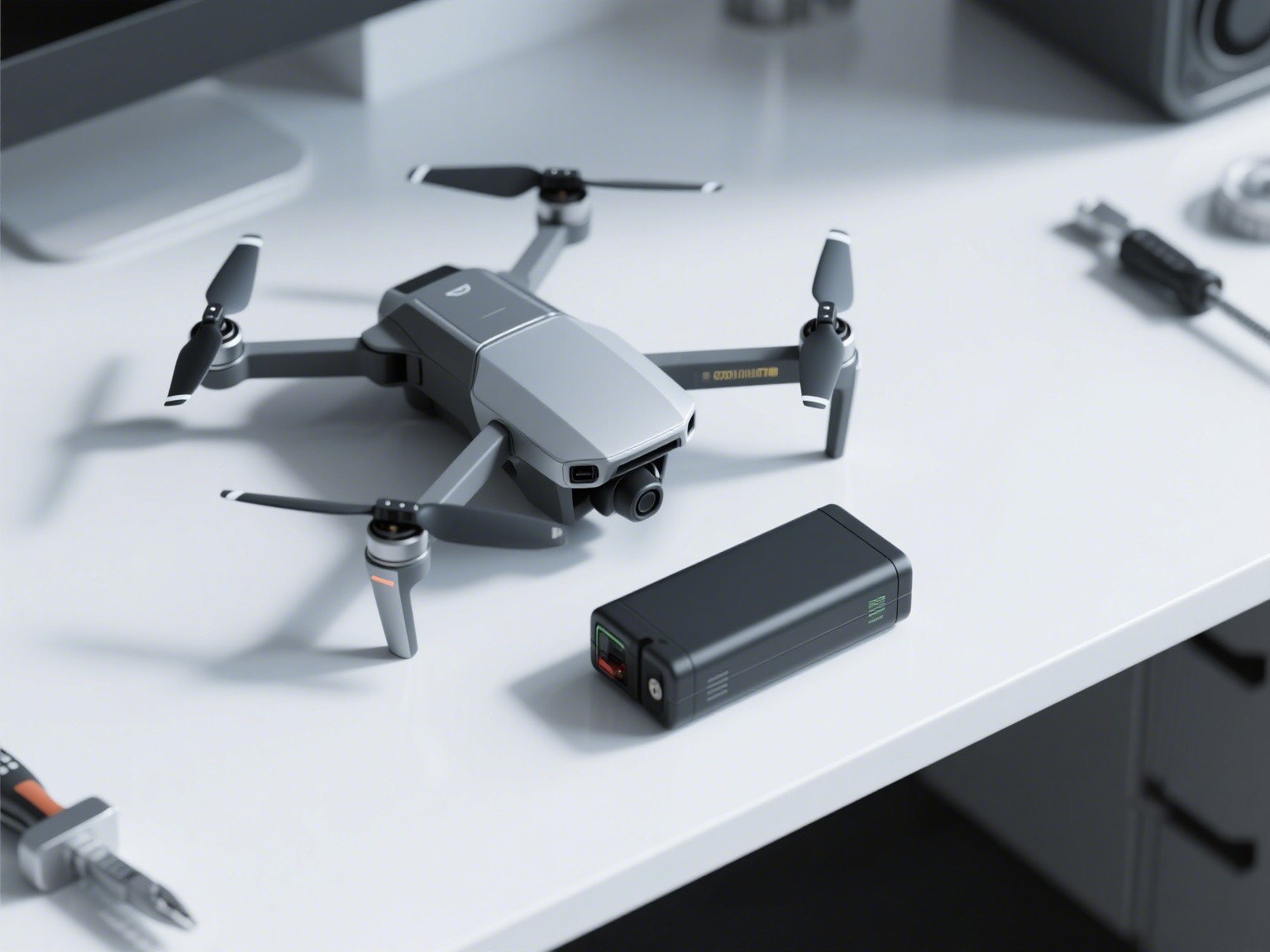
Drone Battery Types: LiPo vs LiHV vs Smart Battery
(1) Lithium Polymer Battery (LiPo)
Features: High energy density and strong discharge performance, suitable for most consumer-grade drones
Advantages: Moderate price and strong compatibility.
Disadvantages: Overcharging or over-discharging must be avoided, as this may cause swelling or even fire.
(2) High-Voltage Lithium Batteries (LiHV)
Features: Higher voltage (4.35V per cell vs. 4.2V for LiPo), with a 5%-10% increase in endurance.
Advantages: Suitable for racing drones (FPV) or scenarios requiring higher burst power.
Disadvantages: Higher cost, and chargers must support LiHV mode.
(3) Smart Batteries (e.g., DJI TB series)
Features: Built-in Battery Management System (BMS) for automatic charge balancing and remaining flight time prediction.
Advantages: High safety, suitable for beginners and professional aerial photography.
Disadvantages: Expensive, typically only compatible with original manufacturer drones.
Purchase recommendations:
General users: Choose LiPo batteries for cost-effectiveness.
FPV/racing enthusiasts: Consider LiHV batteries for increased power.
Aerial photography/industrial applications: Prioritize original manufacturer smart batteries for stability and safety.
Key parameters: Capacity (mAh), voltage (S), discharge rate (C)
(1) Capacity (mAh)
Determines flight time; for example, a 3000mAh battery can fly approximately 30%-50% longer than a 2000mAh battery.
Note: Higher capacity batteries are heavier, which may affect flight performance.
(2) Voltage (S rating)
1S = 3.7V. Common drone batteries include 2S (7.4V), 3S (11.1V), 4S (14.8V), and 6S (22.2V).
High voltage (e.g., 6S): Provides stronger power, suitable for professional aerial photography or FPV racing.
Low voltage (e.g., 3S): Suitable for entry-level drones, offering lower cost.
(3) Discharge Rate (C Rating)
For example, 50C means the battery can instantly provide 50 times its capacity in current (3000mAh × 50C = 150A).
High C Rating (e.g., 100C): Suitable for FPV racing drones, offering strong burst power.
Low C Rating (e.g., 20C-30C): Suitable for general aerial photography, offering longer flight time.
✅ Selection formula:
Flight duration requirements → Choose high capacity (e.g., 4000mAh+)
Power requirements → Choose high voltage (4S/6S) + high C-rate (50C+)
⚠️ Pitfall avoidance tips:
Avoid purchasing unbranded or low-cost generic batteries, which may have falsely labeled capacities, be prone to swelling, or pose short-circuit risks.
Prioritize batteries with overcharge/over-discharge protection.
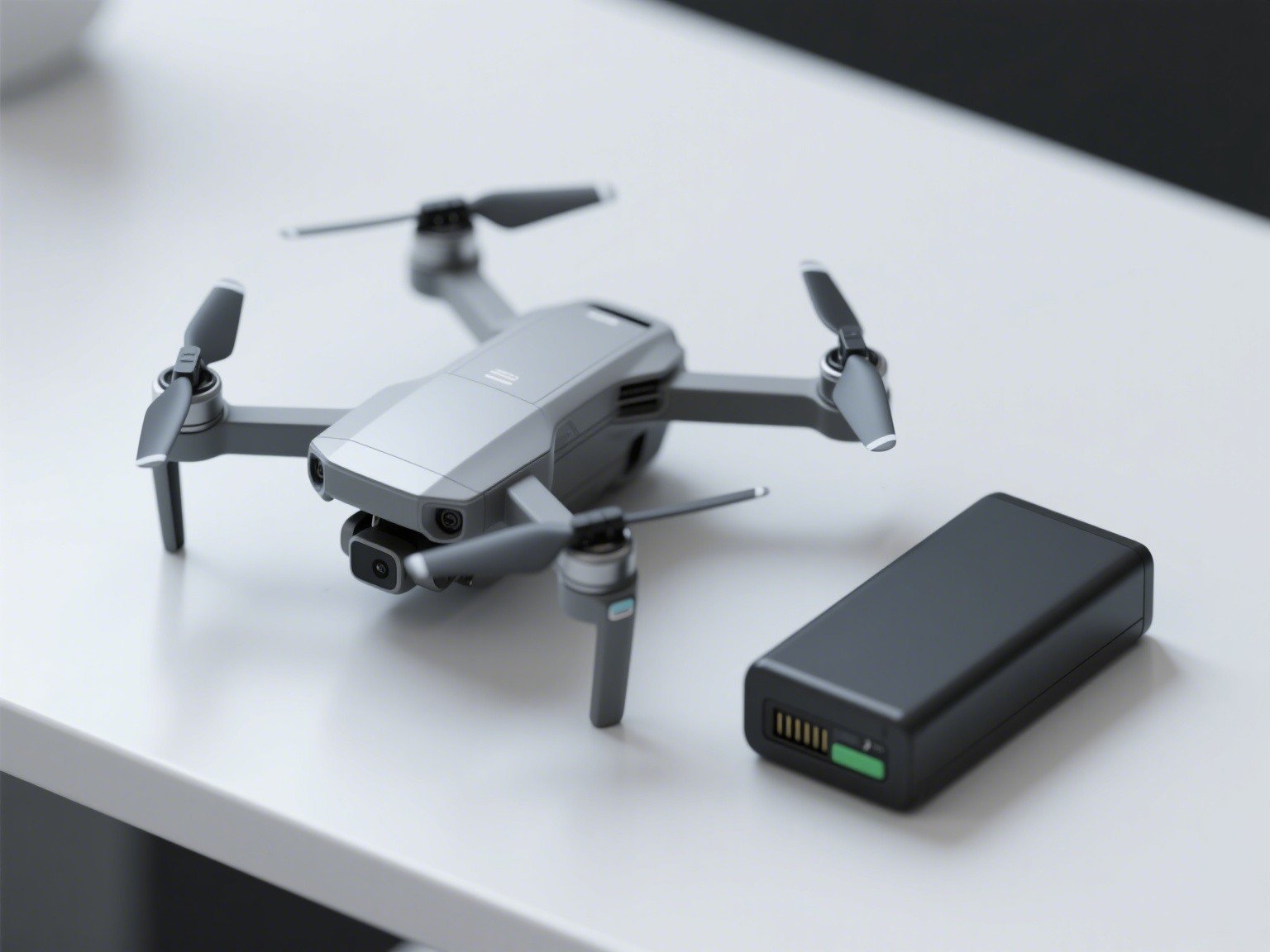
Maintenance and Safety Guidelines
✅ Proper Charging: Use a balanced charger to avoid overcharging.
✅ Storage Capacity: Maintain 40%-60% capacity when not in use for long periods.
✅ Avoid High/Low Temperatures: Extreme temperatures affect battery life.
❌ Do Not Pierce/Short Circuit: LiPo batteries may catch fire if damaged.
About Dongguan Yizhan Electronic Technology Co., Ltd.
Yi zhan battery is a leading lithium battery solution provider, specializing in high-performance, high-safety power batteries for demanding applications. Our lithium batteries are widely used in electric bicycles (eBikes), drones, robots, industrial equipment, and medical devices, and are recognized by customers worldwide for their high energy density, long cycle life, and excellent safety performance.
YIZHAN lithium batteries feature military-grade shockproof and explosion-proof design, support fast charging, and operate in a wide temperature range (-30°C to 60°C), and have obtained international certifications such as UL, CE, and UN38.3. Whether it’s extending eBike range, increasing drone flight time, ensuring stable operation of industrial robots, or providing precise power supply for medical devices,Yi zhan battery can provide customized energy solutions to help customers optimize efficiency and reduce operational costs.
Follow us to get more tips on selecting and flying drones!


